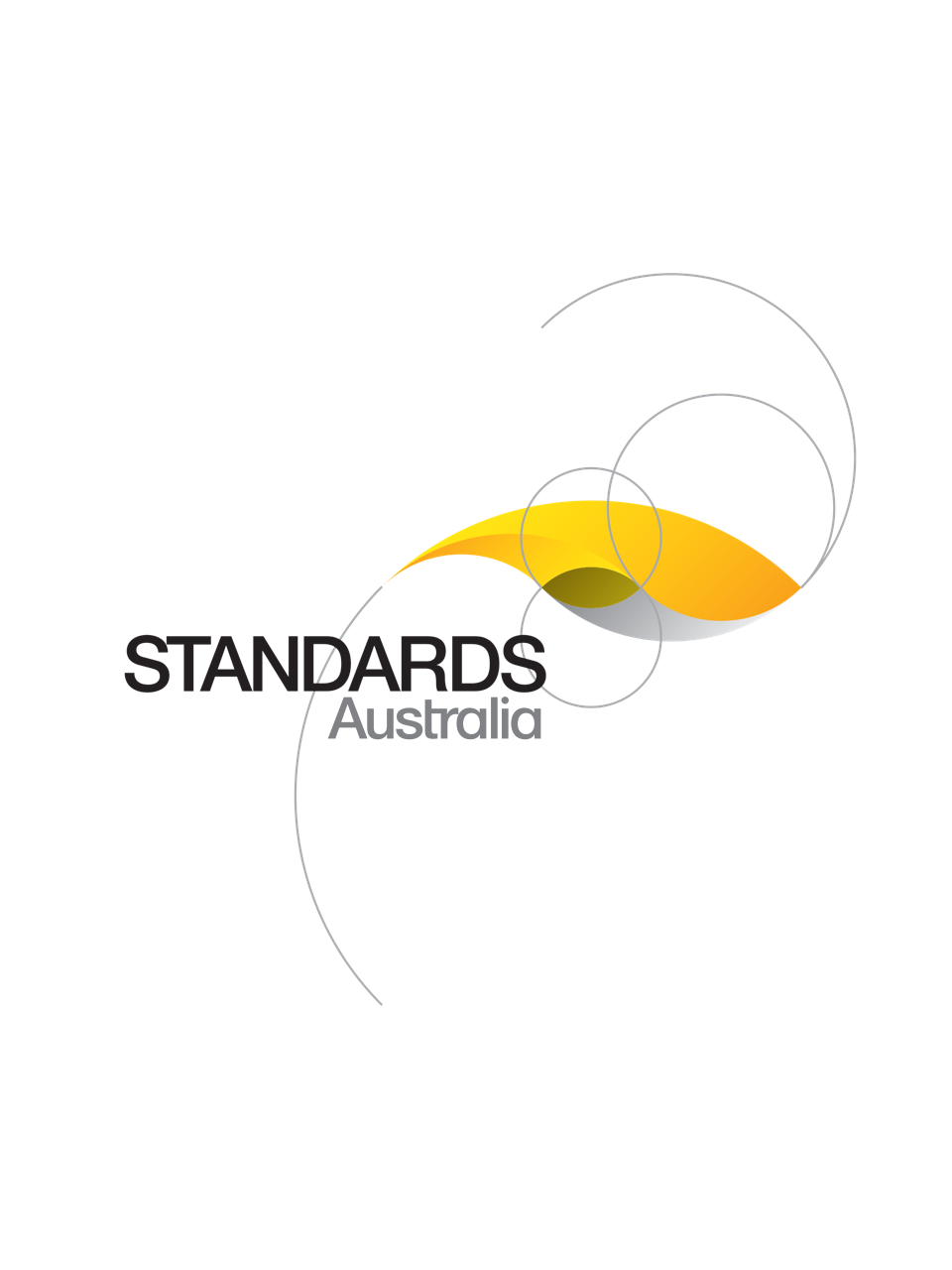Standard
Track updates
AS ISO/IEC 42005:2025
[Current]Information technology - Artificial intelligence (AI) - AI system impact assessment
AS ISO/IEC 42005:2025 identically adopts ISO/IEC 42005:2025, which provides guidance for organizations performing AI system impact assessments for individuals and societies that can be affected by an AI system and its intended and foreseeable applications. It includes considerations for how and when to perform such assessments and at what stages of the AI system lifecycle, as well as guidance for AI system impact assessment documentation. Additionally, this guidance includes how this AI system impact assessment process can be integrated into an organization’s AI risk management and AI management system
Published: 19/09/2025
Pages: 41
Table of contents
Cited references
Content history
Table of contents
Header
About this publication
Preface
Foreword
Introduction
1 Scope
2 Normative references
3 Terms and definitions
4 Abbreviated terms
5 Developing and implementing an AI system impact assessment process
5.1 General
5.1.1
5.1.2
5.1.3
5.1.4
5.2 Documenting the process
5.3 Integration with other organizational management processes
5.4 Timing of AI system impact assessment
5.4.1
5.4.2
5.4.3
5.4.4
5.5 Scope of the AI system impact assessment
5.6 Allocating responsibilities
5.7 Establishing thresholds for sensitive uses, restricted uses and impact scales
5.8 Performing the AI system impact assessment
5.9 Analysing the results of the AI system impact assessment
5.10 Recording and reporting
5.10.1
5.10.2
5.10.3
5.10.4
5.10.5
5.11 Approval process
5.12 Monitoring and review
5.12.1
5.12.2
6 Documenting the AI system impact assessment
6.1 General
6.2 Scope of the AI system impact assessment
6.3 AI system information
6.3.1 AI system description
6.3.2 AI system functionalities and capabilities
6.3.3 AI system purpose
6.3.4 Intended uses
6.3.5 Unintended uses
6.3.5.1
6.3.5.2
6.4 Data information and quality
6.4.1 General
6.4.2 Data information
6.4.3 Data quality documentation
6.5 Algorithm and model information
6.5.1 General
6.5.2 Information on algorithms used by the organization
6.5.3 Information on algorithm development
6.5.4 Information on models used in an AI system
6.5.5 Information on model development
6.6 Deployment environment
6.6.1 Geographical area and languages
6.6.2 Deployment environment complexity and constraints
6.7 Relevant interested parties
6.7.1 General
6.7.2 Directly affected interested parties
6.7.3 Other relevant interested parties
6.8 Actual and reasonably foreseeable impacts
6.8.1 General
6.8.2 Benefits and harms
6.8.2.1 General
6.8.2.2 Accountability
6.8.2.3 Transparency
6.8.2.4 Fairness and discrimination
6.8.2.5 Privacy
6.8.2.6 Reliability
6.8.2.7 Safety
6.8.2.8 Explainability
6.8.2.9 Environmental impact
6.8.3 AI system failures and reasonably foreseeable misuse
6.8.3.1 General
6.8.3.2 Impact of AI system failure
6.8.3.3 Impact of reasonably foreseeable misuse of AI system
6.9 Measures to address harms and benefits
Annex A
Annex B
B.1 General
B.2 Differences between risk management and AI system impact assessment
B.3 Risk management principles related to AI system impact assessment
Annex C
Annex D
D.1 General
D.2 Coordination guide
D.3 Impact assessment alignment guide
D.4 Mapping guide
Annex E
E.1 General
E.2 Example AI system impact assessment template
E.2.1 AI system impact assessment for [system name or identification]
E.2.2 System information
E.2.2.1 General information
E.2.2.2 AI system description
E.2.2.3 AI system functionalities and capabilities
E.2.2.4 AI system purpose
E.2.2.5 Intended uses
E.2.2.6 Unintended uses
E.2.3 Data information and quality
E.2.3.1 Data information
E.2.3.2 Data quality documentation
E.2.4 Algorithms and models information
E.2.4.1 Information on algorithms
E.2.4.2 Information on models used in the AI system
E.2.5 Deployment environment
E.2.5.1 Geographical area and languages
E.2.5.2 Deployment environment complexity and constraints
E.2.6 Relevant interested parties
E.2.7 Actual and reasonably foreseeable benefits and harms
E.2.8 AI system failures and reasonably foreseeable misuse
E.2.8.1 Impact of AI system failure
E.2.8.2 Impact of reasonably foreseeable misuse of AI system
Bibliography
Cited references in this standard
[Current]
Information technology - Artificial intelligence - Artificial intelligence concepts and terminology
[Current]
Framework for Artificial Intelligence (AI) Systems Using Machine Learning (ML)
One-time Purchase
Access via web browser on any device
One-time purchase
Single publication
Offline access via PDF^
$213.50 AUD
Inclusive of GSTFormat *
Web Reader
Licenses *
1 License (for yourself - not shareable)
Total$213.50 AUD
IMPORTANT
